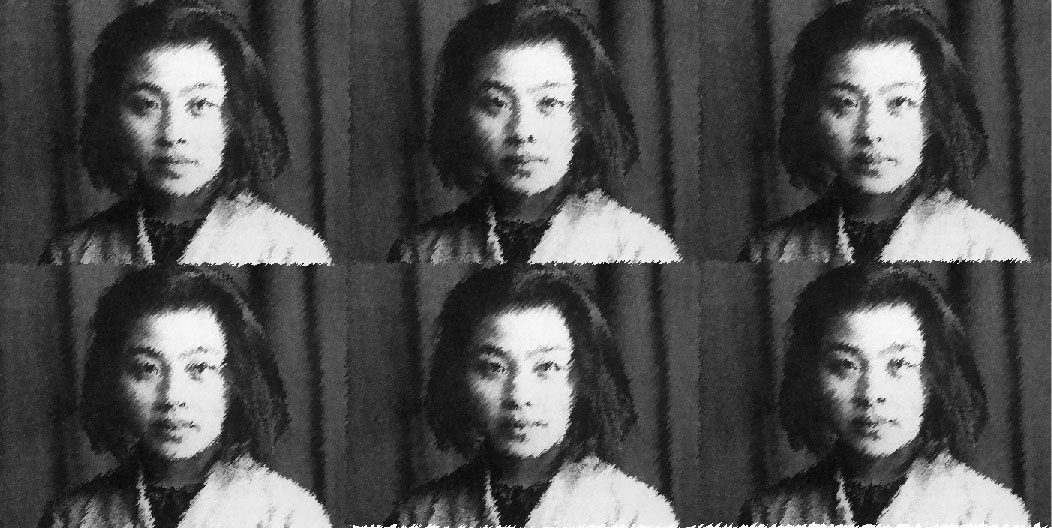
Modernity, Sexuality, and Colonial Fantasy in Ding Ling’s “Miss Sophia Diary” (1928)
Studies on Asia, Series IV 4.2 (2014): 115-144.
Since her sensational début in 1928, Ding Ling’s 丁玲 (1904-1986) fictional protagonist Sophia 莎菲 in “Miss Sophia’s Diary” 莎菲女士的日記 [Shafei nüshi de riji] has remained an icon in modern Chinese literature. Being one of the few female intellectuals of the May Fourth generation who revolted against traditional culture and advocated vernacular language for literature, Ding Ling is an exemplary figure who sets herself apart by always placing women at the center of her writing.The confessional “Miss Sophia’s Diary” boldly exposes the psyche of a modern Chinese woman who is tormented by her erotic desires for an exotic man from Singapore. Through thirty-three diary entries, Ding Ling theorizes the “stance of the modern girl” and allows her character “to speak of a woman’s experiences from her own perspective,” although problematic or contradictory at times.
Without question the subject of the story is Sophia—a woman who is grappling with the dilemma of understanding her own sexuality and identity. Seldom are the questions raised about the object of her desire, Ling Jishi. “How could I become infatuated with this totally Nanyang (Southeast Asian) man,” Sophia ponders, “just because of his unwitting seductiveness? [我豈肯為了這些無意識的引誘而迷戀一個十足的南洋人] (68).” More than his good-looks, there is something elusive, something Sophia can neither explain nor resist, that makes Ling Jishi so bewitching. The way Sophia looks at him, and the language she uses to construct him in her diary, denotes an unconventionality that further adds to the enigma. Is he any male who simply plays an “essential” gendered role against the female Sophia? Or, is his being an ethnic Chinese from Nanyang not by chance but a choice, however subconscious it may be?
To read the full article, please visit here.